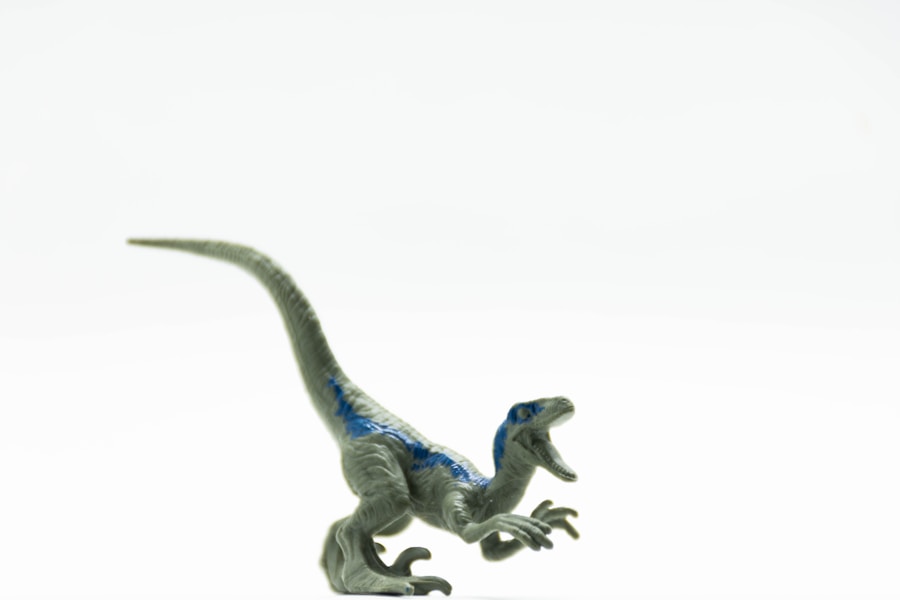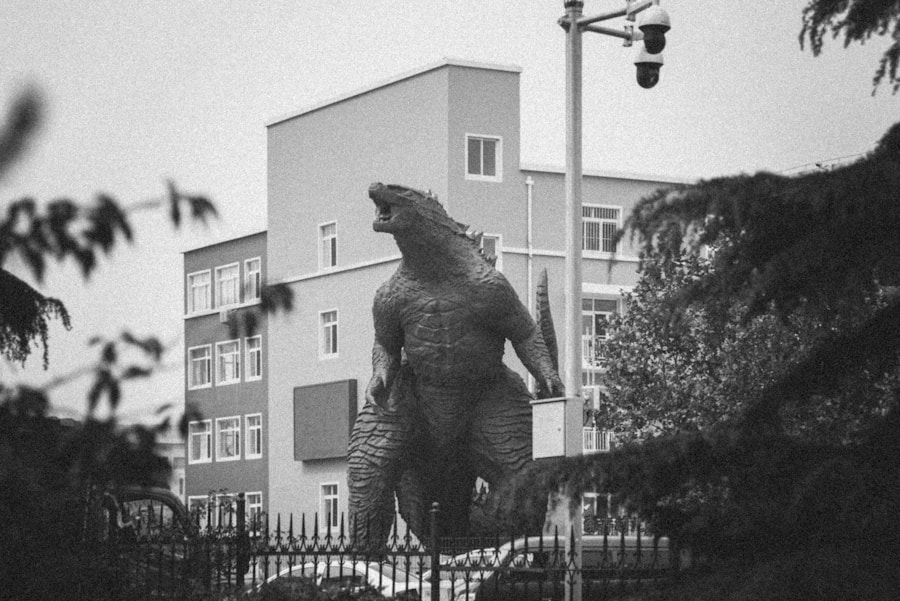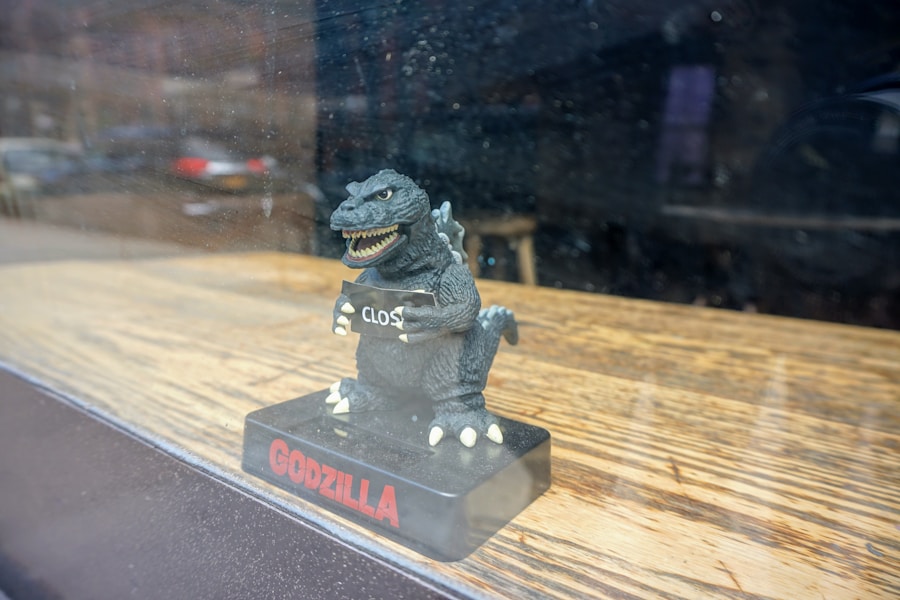The story of Godzilla toys begins in the aftermath of the original film’s release in 1954. As the iconic monster stomped across Japanese screens, it captured the imagination of audiences worldwide. The success of “Gojira” led to a burgeoning franchise, and soon, toy manufacturers recognized the potential for merchandise.
The first Godzilla toys emerged in the late 1950s, primarily in Japan, where companies like Bandai and Marusan began producing figures that allowed fans to bring their favorite kaiju into their homes. These early toys were often simple in design, reflecting the limited technology of the time, but they laid the groundwork for a vast array of collectibles that would follow. As Godzilla’s popularity surged, so did the demand for toys.
By the 1960s, the market expanded significantly, with various figures and playsets hitting store shelves. These toys were not just for children; they appealed to collectors and adults who had grown up with the films. The combination of nostalgia and the thrill of owning a piece of pop culture history fueled a vibrant toy market.
The birth of Godzilla toys marked a significant moment in the intersection of cinema and consumer culture, establishing a legacy that continues to thrive today.
Key Takeaways
- Godzilla toys have been around since the 1950s, with the first toys being inspired by the original 1954 film.
- Early Godzilla toys were made of tin and featured simple designs, while modern toys are made of plastic and have intricate details and articulation.
- Key players in the Godzilla toy industry include Bandai, NECA, and S.H. MonsterArts, who have produced a wide range of Godzilla toys over the years.
- Rare and collectible Godzilla toys can fetch high prices in the collector’s market, with vintage and limited edition pieces being the most valuable.
- When authenticating original Godzilla toys, look for official licensing, quality materials, and accurate details to ensure you’re getting a genuine piece.
Identifying the First Godzilla Toys: Early Designs and Features
The earliest Godzilla toys were characterized by their rudimentary designs and materials. Most were made from vinyl or rubber, with simple paint jobs that captured the essence of the creature without delving into intricate details. These figures often stood about six to eight inches tall, making them easy to handle for children while still appealing to collectors.
The first notable Godzilla toy was produced by Marusan in 1955, featuring a basic representation of the monster with a distinctive roar that delighted fans. As you explore these early designs, you’ll notice that they often lacked articulation, which is a stark contrast to modern toys. Instead, they relied on their imposing presence and unique shapes to capture attention.
The figures were often posed in dynamic stances, mimicking Godzilla’s iconic movements from the films. This simplicity was part of their charm; they allowed children to engage in imaginative play while also serving as decorative pieces for adult collectors. The early Godzilla toys set a precedent for future designs, emphasizing character over complexity.
The Evolution of Godzilla Toys: Changes in Design and Materials

As technology advanced, so did the design and materials used in Godzilla toys. By the 1970s and 1980s, manufacturers began experimenting with more sophisticated production techniques.
Companies like Bandai capitalized on this trend, creating toys that not only looked more like their cinematic counterparts but also offered interactive features such as sound effects and light-up elements. The materials used in toy production also evolved significantly during this time. While early figures were primarily made from vinyl or rubber, later iterations incorporated plastic and other synthetic materials that allowed for more detailed sculpting and painting.
This shift enabled manufacturers to create more lifelike representations of Godzilla, complete with intricate scales and realistic textures. As you examine these changes, it’s clear that each new generation of toys aimed to capture the essence of Godzilla while appealing to both children and adult collectors alike.
Manufacturer Spotlight: Key Players in the Godzilla Toy Industry
Several key players have shaped the Godzilla toy industry over the years, each contributing unique designs and innovations that have defined the market. Bandai is perhaps the most prominent name associated with Godzilla toys, having produced a wide range of figures since the 1960s. Their attention to detail and commitment to quality have made them a favorite among collectors.
Bandai’s S.H. MonsterArts line, introduced in 2011, showcases highly articulated figures that appeal to serious collectors seeking accuracy and realism. Another significant manufacturer is NECA (National Entertainment Collectibles Association), which has gained recognition for its detailed action figures based on various film franchises, including Godzilla.
NECA’s approach often involves creating figures that pay homage to specific films or moments within the franchise, making them highly sought after by fans. Their commitment to capturing the essence of Godzilla through meticulous design has solidified their place in the toy industry.
Rare and Collectible Godzilla Toys: Identifying Valuable Pieces
As you delve into the world of Godzilla collectibles, you’ll discover that some toys have become rare and highly valuable over time. Identifying these pieces requires a keen eye and an understanding of what makes certain toys stand out. For instance, vintage figures from the 1960s and 1970s, especially those produced by Marusan or Bandai, are often considered valuable due to their limited production runs and historical significance.
Condition plays a crucial role in determining a toy’s value. Mint-condition items with original packaging can fetch significantly higher prices than those showing signs of wear or damage. Additionally, limited edition releases or exclusive variants can become highly sought after among collectors.
As you navigate this landscape, it’s essential to research current market trends and auction results to gauge the value of specific pieces accurately.
How to Spot a Fake: Tips for Authenticating Original Godzilla Toys

In a world where collectibles can command high prices, it’s crucial to know how to spot a fake when it comes to Godzilla toys. Counterfeit items can be prevalent, especially for popular figures from sought-after lines. One of the first steps in authentication is examining the packaging; original boxes often feature specific logos, fonts, and artwork that can help you determine authenticity.
Look for inconsistencies or signs of poor printing quality that may indicate a counterfeit. Another key aspect is examining the figure itself. Authentic Godzilla toys typically have distinct features such as accurate paint applications and sculpting details that are hard to replicate convincingly.
Pay attention to any markings or stamps on the figure; many original toys will have manufacturer logos or date codes that can help verify their authenticity.
The Influence of Godzilla Toys on Pop Culture: Impact and Legacy
Godzilla toys have played a significant role in shaping pop culture since their inception. They not only serve as tangible representations of a beloved character but also act as cultural artifacts that reflect societal attitudes toward monsters and heroism. The popularity of these toys has contributed to the enduring legacy of Godzilla as a symbol of resilience and strength in the face of adversity.
Moreover, Godzilla toys have inspired countless parodies, references, and homages across various media platforms. From animated series to video games, the influence of these collectibles extends far beyond their physical form. As you explore this impact, you’ll find that Godzilla toys have become synonymous with childhood nostalgia for many fans who grew up watching the films and playing with these iconic figures.
The Future of Godzilla Toys: Trends and New Releases
Looking ahead, the future of Godzilla toys appears bright as manufacturers continue to innovate and adapt to changing consumer preferences. Recent trends indicate a growing interest in high-quality collectibles that cater to adult fans seeking display-worthy pieces rather than traditional playthings. This shift has led to an increase in premium lines featuring intricate designs and limited editions that appeal to serious collectors.
Additionally, collaborations with popular artists and designers are becoming more common in the toy industry, resulting in unique interpretations of Godzilla that resonate with diverse audiences. As you keep an eye on upcoming releases, you’ll likely see exciting new designs that push the boundaries of creativity while honoring the legacy of this iconic monster. The future promises not only new figures but also continued engagement with fans who cherish their connection to Godzilla through these beloved toys.
If you’re a fan of Godzilla toys, you may also be interested in checking out The Ultimate Guide to the Top Godzilla Books You Must Read. This article provides a comprehensive list of must-read books for any Godzilla enthusiast, offering a deeper dive into the lore and history of the iconic monster. Whether you’re looking to expand your knowledge or simply enjoy a good read, this guide has you covered.
FAQs
What is the original Godzilla toy?
The original Godzilla toy refers to the first commercially produced toy based on the iconic Japanese movie monster, Godzilla. It has been a popular collectible item for fans of the Godzilla franchise.
What is the timeline for the original Godzilla toy?
The original Godzilla toy was first produced in 1954, coinciding with the release of the first Godzilla film. Since then, various manufacturers have released their own versions of the toy, each reflecting the design of Godzilla from different eras of the film franchise.
Who are the manufacturers of the original Godzilla toy?
Several manufacturers have produced the original Godzilla toy over the years, including Bandai, Marusan, Bullmark, and M1GO. Each manufacturer has contributed to the evolution of the toy, offering different designs and features.
How can I identify an original Godzilla toy?
Identifying an original Godzilla toy involves examining the design, materials, and manufacturer markings. Collectors often look for specific details that are unique to each manufacturer and era, such as the type of vinyl used, the presence of tags or stickers, and the overall quality of the toy.
What are the different versions of the original Godzilla toy?
The original Godzilla toy has gone through various iterations, reflecting the changes in the design of the movie monster over the years. These versions include the Showa era Godzilla, Heisei era Godzilla, and Millennium era Godzilla, each with distinct characteristics and features.
Are original Godzilla toys valuable as collectibles?
Original Godzilla toys are highly sought after by collectors and fans of the franchise, especially rare or limited edition versions. The value of these toys can vary depending on factors such as condition, rarity, and demand in the collector’s market.
